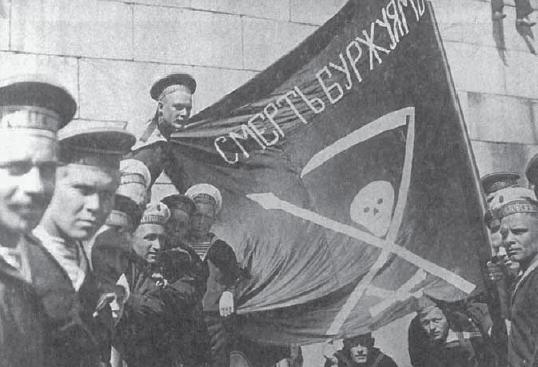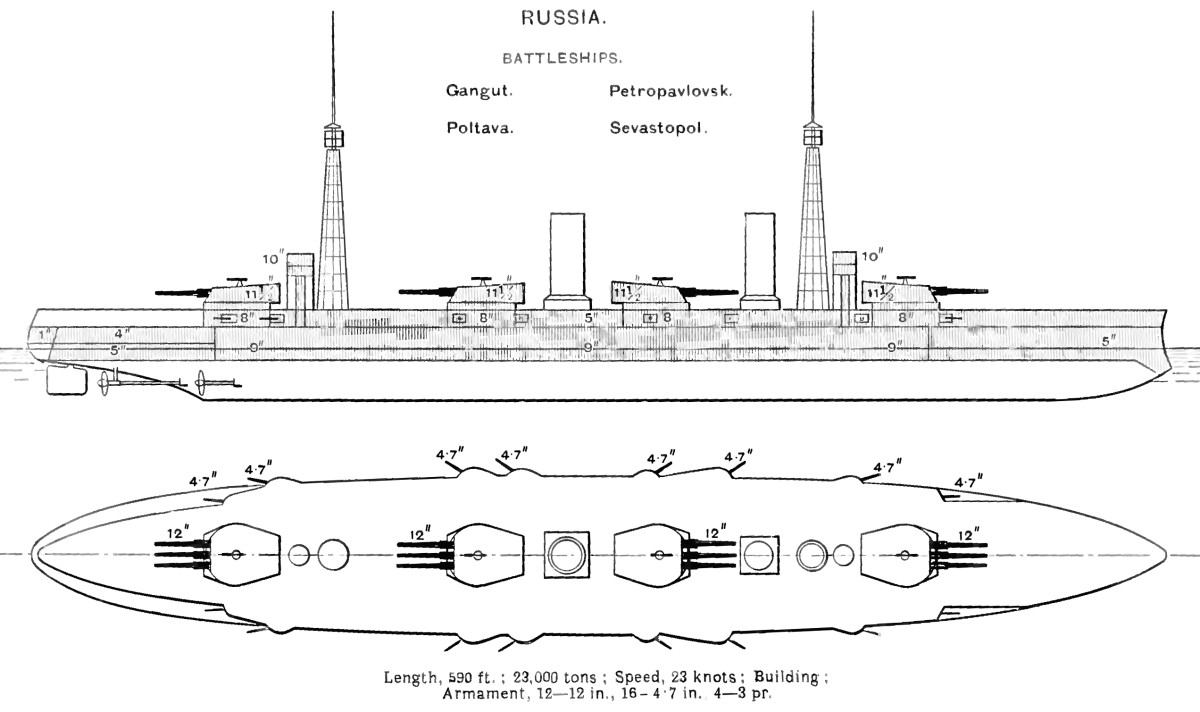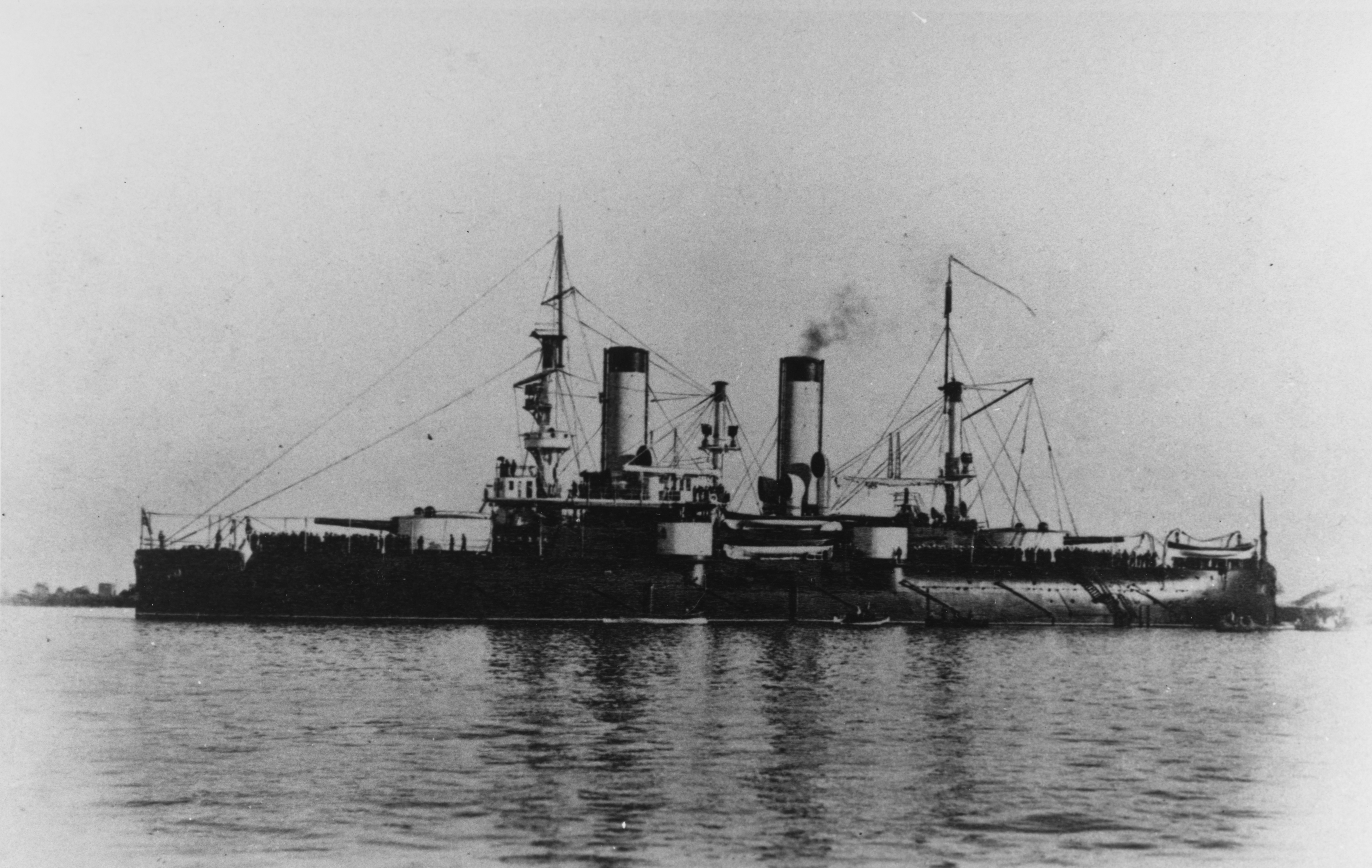|
Petropavlovsk (other)
Petropavlovsk (russian: Петропавловск, lit=city of Peter and Paul) may refer to: Places *Petropavlovsk, Kazakhstan, a city in the North Province of Kazakhstan * Petropavlovsk-Kamchatsky, a city in Kamchatka Krai, informally and formerly officially known simply as ''Petropavlovsk''. * Petropavlovsk, Chuvash Republic, a ''selo'' (village) in Magarinskoye Rural Settlement of Shumerlinsky District in the Chuvash Republic * Petropavlovsk, Bolshesosnovsky District, Perm Krai, a ''selo'' in Bolshesosnovsky District of Perm Krai * Petropavlovsk, Oktyabrsky District, Perm Krai, a ''selo'' in Oktyabrsky District of Perm Krai * Petropavlovsk, Sakha Republic, a ''selo'' in Petropavlovsky Rural Okrug of Ust-Maysky District in the Sakha Republic Alternative names *Petropavlovsk South, alternative name of Petropavlovsk Airport in Kazakhstan *''Petropavlovsk'', alternative name of Petropavlovskoye, a ''selo'' in Petropavlovskoye Settlement of Pavinsky District in Kostroma Oblast ... [...More Info...] [...Related Items...] OR: [Wikipedia] [Google] [Baidu] |
Petropavlovsk, Kazakhstan
Petropavl ( kk, Петропавл, Petropavl ) or Petropavlovsk () is a city on the Ishim River in northern Kazakhstan close to the border with Russia. It is the capital of the North Kazakhstan Region. Population: 218,956. The city is also known colloquially in Kazakh as Kyzylzhar ( kk, Қызылжар, Qyzyljar, "Red Cliff"). Petropavl is about from Kokshetau, northwest of the national capital Astana along the A1, from Omsk. Physical-geographical characteristics Geographical location Petropavl is located in the southwestern part of the West Siberian Plain, on the right bank of the Ishim river, the longest tributary of the Irtysh river. Not far from Petropavl there are many lakes and ponds, for example: Lake Bolshoe Beloe, Lake Pestroye, Lake Kishtibish, Lake Maloe Beloe and Bitter lake. Also, within the city can be found small forests, mostly consisting of birches and pine plantations. Climate The climate is a dry version of the humid continental (Köppen ''Dfb'') typ ... [...More Info...] [...Related Items...] OR: [Wikipedia] [Google] [Baidu] |
Russian Ironclad Petropavlovsk
} The Russian ironclad ''Petropavlovsk'' (russian: Петропавловск) was a 22-gun armored frigate in the Imperial Russian Navy during the late 19th century. She was originally ordered as a 58-gun wooden frigate, but she was reordered as an ironclad while under construction and subsequently converted into one. She served as the flagship of the Baltic Fleet during the 1860s and 1870s. The ship was decommissioned in 1885, but was not sold for scrap until 1892. Description ''Petropavlovsk'' was long between perpendiculars, with a beam of and a draft of (forward) and (aft). She displaced and was fitted with a blunt iron ram at her bow.Gardiner, p. 173 ''Petropavlovsk'' was considered to be seaworthy; her total crew numbered 680 officers and enlisted men.''Russian Ironclad Frigates Sevastopol and Petropavlovsk'', p. 415 The ship was fitted with a horizontal return-connecting-rod steam engine built by the Baird Works of Saint Petersburg. It drove a single four ... [...More Info...] [...Related Items...] OR: [Wikipedia] [Google] [Baidu] |
Siege Of Petropavlovsk
The siege of Petropavlovsk was a military operation in the Pacific theatre of the Crimean War. The Russian casualties are estimated at 115 soldiers and sailors killed and seriously wounded, whilst the British suffered 105 casualties and the French 104. Background The primary concern of the Anglo-French allies was that cruisers of the Russian Siberian flotilla would operate against British and French trade in the area. The British force on the station was under Rear-Admiral David Price (newly promoted after serving as post captain for 39 years) and the French under Rear-Admiral Auguste Febvrier-Despointes. On 9 May 1854 the bulk of the British and French squadrons were at Callao, Peru when they received orders to operate against the Russian cruisers in the Pacific. There were three potential bases for the Russians: the island of Novo-Arkhangelsk, capital of Russian America (modern Alaska), Okhotsk on the Sea of Okhotsk, and the largest Russian settlement on the Pacific Co ... [...More Info...] [...Related Items...] OR: [Wikipedia] [Google] [Baidu] |
Petropavlovsk Plc
Petropavlovsk plc (formerly Peter Hambro Mining plc) is a London-based gold mining company with operations in Russia. The company is listed on the London Stock Exchange. History The Group was founded by Peter Hambro and Pavel Maslovskiy in 1994 as an Anglo-Russian venture to develop a highly-prospective, under-developed gold project in the Amur region, Russian far east. In 2002, the Company was first listed on the Alternative Investment Market. Peter Hambro Mining fully acquired Aricom, a business formed by Peter Hambro and Pavel Maslovskiy and operating in the Amur Region, in April 2009. It was also first fully listed on the London Stock Exchange in April 2009. In September 2009, the company changed its name from Peter Hambro Mining plc to Petropavlovsk plc, retaining the POG stock exchange code, in order to reinforce its Russian focus. In October 2010, the company floated its non-precious metals division (the assets previously held by Aricom plc) on the Stock Exchange of H ... [...More Info...] [...Related Items...] OR: [Wikipedia] [Google] [Baidu] |
Soviet Cruiser Kaganovich
''Kaganovich'' (russian: Каганович) was a Project 26bis2 of the Soviet Navy that was built during World War II. She was built in Siberia from components shipped from European Russia. She saw no action during the war and served into the Cold War. She was renamed ''Lazar Kaganovich'' in 1945 to distinguish her from Lazar's disgraced brother Mikhail Kaganovich. Her post-war career was generally uneventful, although her superstructure was badly damaged by a Force 12 typhoon in 1957. She was renamed ''Petropavlovsk'' (russian: Петропавловск) in 1957. Sources disagree on her fate; some say that she was converted into a floating barracks in 1960 and later sold for scrap while another says that she was simply sold for scrap in 1960. Description ''Kaganovich'' was long at the waterline, and long overall. She had a beam of and had a draft between . ''Kaganovich'' displaced at standard load and at full load. Her geared steam turbines produced a total of on tri ... [...More Info...] [...Related Items...] OR: [Wikipedia] [Google] [Baidu] |
German Cruiser Lützow (1939)
''Lützow'' was a heavy cruiser of Nazi Germany's ''Kriegsmarine'', the fifth and final member of the , but was never completed. The ship was laid down in August 1937 and launched in July 1939, after which the Soviet Union requested to purchase the ship. The ''Kriegsmarine'' agreed to the sale in February 1940, and the transfer was completed on 15 April. The vessel was still incomplete when sold to the Soviet Union, with only half of her main battery of eight guns installed and much of the superstructure missing. Renamed ''Petropavlovsk'' in September 1940, work on the ship was delayed by poor German-Soviet co-operation in crew training and provision of technical literature to enable completion of the ship, which was being carried out in the Leningrad shipyards. Still unfinished when Germany Operation Barbarossa, invaded the Soviet Union in June 1941, the ship briefly took part in the Siege of Leningrad, defense of Leningrad by providing artillery support to the Soviet defende ... [...More Info...] [...Related Items...] OR: [Wikipedia] [Google] [Baidu] |
Kronstadt Rebellion
The Kronstadt rebellion ( rus, Кронштадтское восстание, Kronshtadtskoye vosstaniye) was a 1921 insurrection of Soviet sailors and civilians against the Bolshevik government in the Russian SFSR port city of Kronstadt. Located on Kotlin Island in the Gulf of Finland, Kronstadt defended the former capital city, Petrograd, as the base of the Baltic Fleet. For sixteen days in March 1921, rebels in Kronstadt's naval fortress rose in opposition to the Soviet government they had helped to consolidate. Led by Stepan Petrichenko, it was the last major revolt against the Bolshevik regime on Russian territory during the Russian Civil War. Disappointed in the direction of the Bolshevik government, the rebels—whom Leon Trotsky himself had praised earlier as "adornment and pride of the revolution"—demanded a series of reforms: reduction in Bolshevik power, newly elected ''soviet'' councils to include socialist and anarchist groups, economic freedom for peasants an ... [...More Info...] [...Related Items...] OR: [Wikipedia] [Google] [Baidu] |
Russian Battleship Petropavlovsk (1911)
''Petropavlovsk'' (russian: Петропавловск) was the third of the four dreadnoughts built before World War I for the Imperial Russian Navy, the first Russian class of dreadnoughts. She was named after the Russian victory in the siege of Petropavlovsk during the Crimean War. The ship was completed during the winter of 1914–1915, but was not ready for combat until mid-1915. Her role was to defend the mouth of the Gulf of Finland against the Germans, who never tried to enter, so she spent her time training and providing cover for minelaying operations. Her crew joined the general mutiny of the Baltic Fleet after the February Revolution of 1917 and she was the only dreadnought available to the Bolsheviks for several years after the October Revolution of 1917. She bombarded the mutinous garrison of Fort Krasnaya Gorka and supported Bolshevik light forces operating against British ships supporting the White Russians in the Gulf of Finland in 1918–1919. Later, her ... [...More Info...] [...Related Items...] OR: [Wikipedia] [Google] [Baidu] |
Russian Battleship Petropavlovsk (1894)
''Petropavlovsk'' (russian: Петропавловск) was the lead ship of her class of three pre-dreadnought battleships built for the Imperial Russian Navy during the last decade of the 19th century. The ship was sent to the Far East almost immediately after entering service in 1899, where she participated in the suppression of the Boxer Rebellion the next year and was the flagship of the First Pacific Squadron. At the beginning of the Russo-Japanese War of 1904–1905, ''Petropavlovsk'' took part in the Battle of Port Arthur, where she was lightly damaged by Japanese shells and failed to score any hits in return. On 13 April 1904, the ship sank after striking one or more mines near Port Arthur, in northeast China. Casualties numbered 27 officers and 652 enlisted men, including Vice Admiral Stepan Makarov, the commander of the squadron, and the war artist Vasily Vereshchagin. The arrival of the competent and aggressive Makarov after the Battle of Port Arthur had boost ... [...More Info...] [...Related Items...] OR: [Wikipedia] [Google] [Baidu] |
Pavinsky District
Pavinsky District (russian: Па́винский райо́н) is an administrativeLaw #112-4-ZKO and municipalLaw #237-ZKO district (raion), one of the twenty-four in Kostroma Oblast, Russia. It is located in the northeast of the oblast. The area of the district is . Its administrative center is the rural locality In general, a rural area or a countryside is a geographic area that is located outside towns and cities. Typical rural areas have a low population density and small settlements. Agricultural areas and areas with forestry typically are describ ... (a '' selo'') of Pavino. Population: 6,217 ( 2002 Census); The population of Pavino accounts for 55.3% of the district's total population. References Notes Sources * * * {{Use mdy dates, date=January 2013 Districts of Kostroma Oblast ... [...More Info...] [...Related Items...] OR: [Wikipedia] [Google] [Baidu] |
Petropavlovsk-Kamchatsky
Petropavlovsk-Kamchatsky ( rus, Петропавловск-Камчатский, a=Петропавловск-Камчатский.ogg, p=pʲɪtrɐˈpavləfsk kɐmˈtɕatskʲɪj) is a city and the administrative, industrial, scientific, and cultural center of Kamchatka Krai, Russia. As of the 2021 Census its population is 164,900. The city is widely known simply as ''Petropavlovsk'' (literally "city of Peter and Paul"). The adjective ''Kamchatsky'' ("Kamchatkan") was added to the official name in 1924. Geography The city is situated on high hills and surrounded by volcanoes. The surrounding terrain is mountainous enough that the horizon cannot be seen clearly from any point in town. Across Avacha Bay from the city in Vilyuchinsk is Russia's largest submarine base, the Rybachiy Nuclear Submarine Base, established during the Soviet period and still used by the Russian Navy. The city is located from Moscow and about from Vladivostok. History Cossack units visited the area fro ... [...More Info...] [...Related Items...] OR: [Wikipedia] [Google] [Baidu] |




